Morcebk - 🍀🦋🌛



More Posts from Morcebk and Others
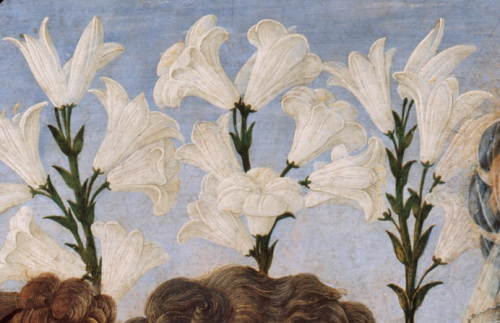
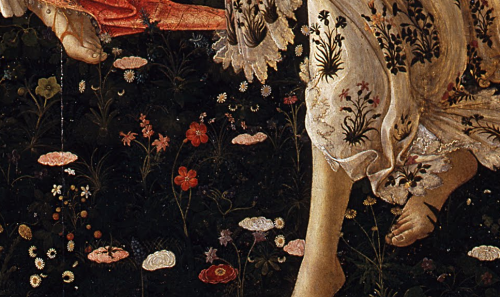
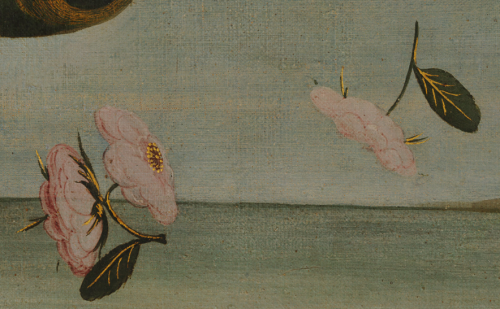
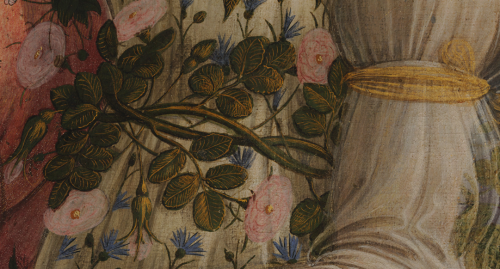
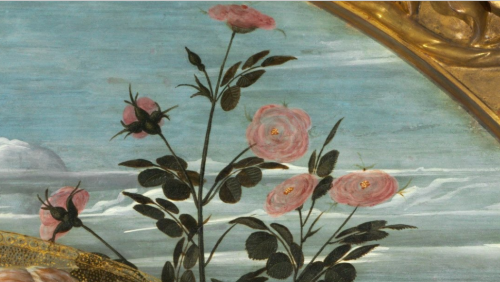
Como una adicción me hiciste creer que era yo el problema una transición, que mis hojas secas fueran mi poema...
Trepas, te cuelgas de una ilusión Yerba mala de mí se aprovechó...
Cabello de ángel, te apoderaste Tú viniste a mí y solo me usaste Cuando te enredabas sobre mis versos sin piedad...
Yo quise morir en ese silencio a mi me opacaste con tu tormento Quitándome lento mi intención de florecer ....

Say hello to the Carina Nebula 👋
One of the largest panoramic images ever taken with our Hubble Space Telescope’s cameras, this image features a stunning 50-light-year-wide view of the intense central region of the Carina Nebula - a strange stellar nursery. The nebula is sculpted by the action of outflowing winds and scorching ultraviolet radiation from the monster stars that inhabit this inferno. The Carina Nebula lies within our own galaxy, about 7,500 light-years away.
At the heart of the nebula is Eta Carinae — a system of two stars. The larger star, Eta Car A, is around 100 times as massive as the Sun and 5 million times as luminous! Stars of this size are extremely rare; our galaxy is home to hundreds of billions of stars, but only tens of them are as massive as Eta Car A.
This view of the Carina Nebula provided astronomers the opportunity to explore the process of star birth at a new level of detail. The hurricane-strength blast of stellar winds and blistering ultraviolet radiation within the cavity are now compressing the surrounding walls of cold hydrogen. This is triggering a second stage of new star formation. Hubble has also enabled scientists to generate 3-D models that reveal never-before-seen features of the interactions between the Eta Carinae star system.
Make sure to follow us on Tumblr for your regular dose of space: http://nasa.tumblr.com.

Maravilloso desastre


One fan’s reason for loving the film.
Y en sentido contrario...

Tú y yo nunca fuimos nosotros - Selam Wearing
Carina 😍
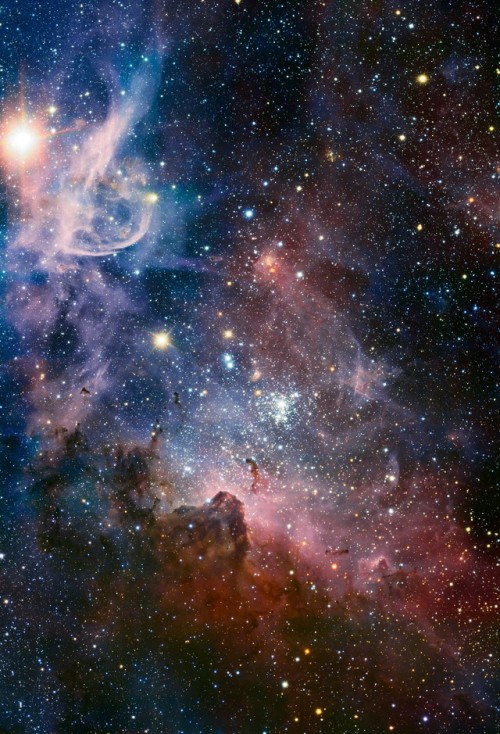
This broad image of the Carina Nebula, a region of massive star formation in the southern skies, was taken in infrared light using the HAWK-I camera on ESO’s Very Large Telescope.
Credit: ESO/T. Preibisch
-
 whimsicalwanderer1 liked this · 1 year ago
whimsicalwanderer1 liked this · 1 year ago -
 khaaji reblogged this · 1 year ago
khaaji reblogged this · 1 year ago -
 khaaji liked this · 1 year ago
khaaji liked this · 1 year ago -
 missbloomsavesherfriends liked this · 1 year ago
missbloomsavesherfriends liked this · 1 year ago -
 pinbasaball liked this · 1 year ago
pinbasaball liked this · 1 year ago -
 millisdiary liked this · 1 year ago
millisdiary liked this · 1 year ago -
 bluebearcandy liked this · 1 year ago
bluebearcandy liked this · 1 year ago -
 kavesinisukka reblogged this · 1 year ago
kavesinisukka reblogged this · 1 year ago -
 acedragontype liked this · 1 year ago
acedragontype liked this · 1 year ago -
 trashcapableofsentience reblogged this · 1 year ago
trashcapableofsentience reblogged this · 1 year ago -
 trashcapableofsentience liked this · 1 year ago
trashcapableofsentience liked this · 1 year ago -
 pixiewithaparasol reblogged this · 1 year ago
pixiewithaparasol reblogged this · 1 year ago -
 buginateacup reblogged this · 1 year ago
buginateacup reblogged this · 1 year ago -
 sweetteakisses reblogged this · 1 year ago
sweetteakisses reblogged this · 1 year ago -
 mellypocket liked this · 2 years ago
mellypocket liked this · 2 years ago -
 swagtigertree liked this · 2 years ago
swagtigertree liked this · 2 years ago -
 cirqueimaginaire liked this · 2 years ago
cirqueimaginaire liked this · 2 years ago -
 techieninjagirl reblogged this · 2 years ago
techieninjagirl reblogged this · 2 years ago -
 reapwhatyous0w liked this · 2 years ago
reapwhatyous0w liked this · 2 years ago -
 rollpanna reblogged this · 3 years ago
rollpanna reblogged this · 3 years ago -
 rollpanna liked this · 3 years ago
rollpanna liked this · 3 years ago

